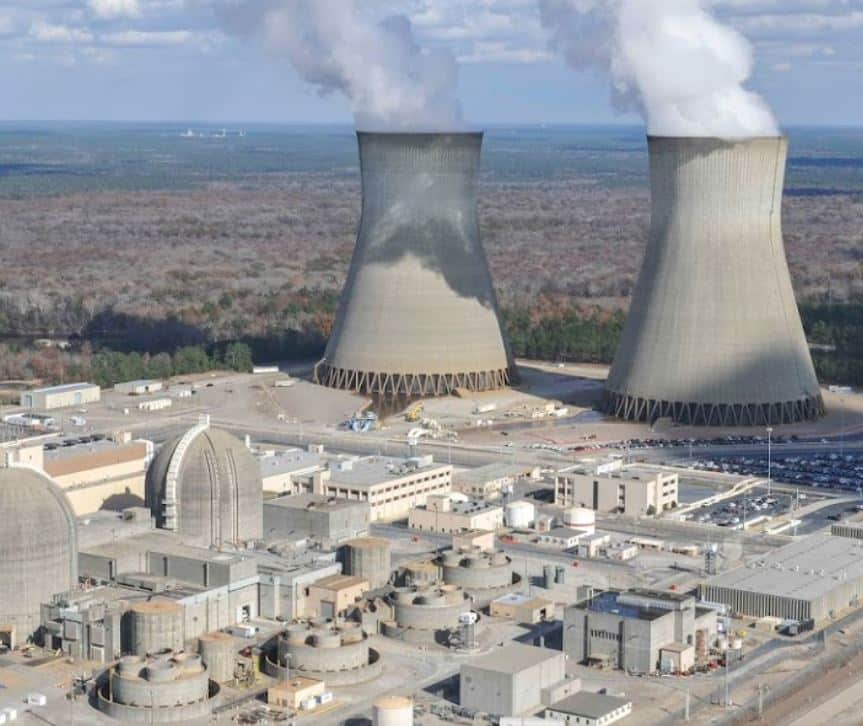Nuclear Regulatory Commission Issues Final Review of Holtec’s Proposed Spent Fuel Storage Project in New Mexico

The Nuclear Regulatory Commission on July 13 released its final environmental impact statement in support of Holtec International’s application to build and operate a consolidated interim spent nuclear fuel storage facility in New Mexico. The commission staff has recommended the license based on the environmental impact review, subject to a safety review of the application.
Holtec International explains that its proposal offers secure, retrievable, and centralized underground storage as an interim storage solution for spent nuclear fuel and high-level radioactive waste. Of the 120 commercial nuclear plants, both operating and closed, 59 percent rely on Holtec’s technology for spent fuel storage and transportation, according to the company. Holetec believes that clean energy jobs will be created in the host communities without impacting local oil, gas, and potash mine operations, or local farmers and ranchers. Holtec considers the aggregation of used fuel from 75 dispersed sites essential for reviving nuclear energy for clean energy and national security.
However, New Mexico Governor Michelle Lujan Grisham criticized the move noting that the commission has “unilaterally decided to house the nation’s spent nuclear fuel in New Mexico,” despite the fact that the state does not have a nuclear power plant within its borders. Although Holtec calls it a temporary solution, Grisham noted that a 40-year license for temporary storage with the opportunity for renewal poses a threat to the health and safety of generations of New Mexicans.
In the first phase, Holtec plans to store 500 canisters containing 8,680 metric tons of spent nuclear fuel, followed by an additional 19 phases that will store up to 10,000 canisters. It is anticipated that canisters will be transported by rail from commercial nuclear power plants that are currently operating, being decommissioned, or that have been decommissioned.
As part of its evaluation, the commission assessed the environmental impacts of the entire project, including all 20 potential phases from construction to decommissioning. The agency projected moderate ecological impacts from the construction of pads and roads at the planned storage facility, and from decommissioning and revegetating the site when the storage facility closes. It projects moderately beneficial impacts in terms of employment, public services, and the local economy. According to the commission, most of the project’s environmental impacts would be small and none would be large.
A draft study was published for public comment in March 2020, but a six-month public comment period was extended due to the Covid-19 public health crisis. The commission held six online public meetings during that time to receive public comments on the draft. Approximately 4,800 comments, including 3,718 individual comments were received and addressed in the final study. Many of the negative comments received on a draft version of the impact statement focused on possible accidents or the risk of terrorist attacks on the planned nuclear waste facility but noted those matters will instead be addressed in the safety evaluation report. It’s expected that the commission will make a licensing decision in January 2023 after it completes its safety evaluation report.
EnerKnol Pulses like this one are powered by the EnerKnol Platform—the first comprehensive database for real-time energy policy tracking. Sign up for a free trial below for access to key regulatory data and deep industry insights across the energy spectrum.
ACCESS FREE TRIAL


